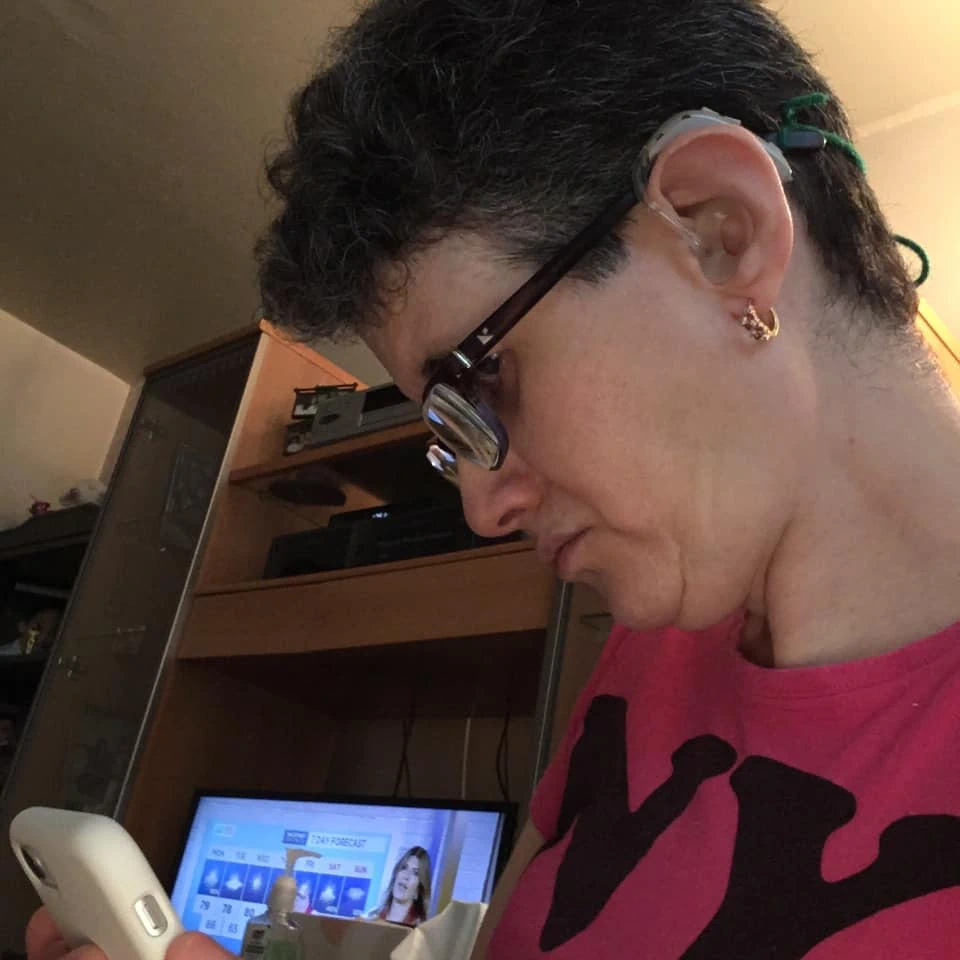As an audiologist who has been working for 11 years, I have heard many complaints of hearing aid user. A less frequent concern among hearing aid users is feeling like there is a robotic sound or a delay in the sound from what is coming from the hearing aid to what you naturally hear. This phenomenon is often linked to the comb-filter effect.
Understanding the Problem
Robotic Sound
A hearing aid that sounds robotic is typically characterized by an unnatural, metallic, or synthesized quality. This can be disconcerting and reduce the effectiveness of the hearing aid.
Sound Delay
A delay in the sound may cause a slight echo or lag between what is heard through the hearing aid and what is naturally heard. This can lead to confusion and difficulty in understanding speech.
The Comb-Filter Effect
The comb-filter effect occurs when two identical signals are combined with a slight delay between them. This delay causes certain frequencies to be boosted while others are canceled out, leading to a ‘comb-like’ frequency response. In hearing aids, this can happen when the sound from the hearing aid is combined with the natural sound entering the ear, leading to the aforementioned robotic sound or delay.
Solutions and Adjustments
1. Professional Assessment
- Consult Your Audiologist: The first step in addressing these issues is to consult with your audiologist. They can perform a thorough assessment and determine the underlying cause. Almost all new hearing aids require fine-tuning adjustments in the first weeks of wearing the devices.
2. Adjusting the Hearing Aid
- Compression Settings: Hearing aids compress sounds to make soft sounds loud enough to hear but make already loud sounds not too loud. There are various types of compression that can be adjusted in the hearing aids.
- Fine-Tuning: Adjusting the frequency response, gain, and other parameters can reduce the comb-filter effect.
- Frequency Lowering Technology: Some hearing aids come with frequency-lowering technology that shifts higher frequencies to a more detectable range. This feature may contribute to a robotic sound or delay. It may need to be turned off or reduced, depending on the individual’s hearing profile and preferences.
3. Choosing the Right Hearing Aid
- Consider Venting: A hearing aid with more venting may allow for a better balance between the natural sound and the amplified sound.
- Explore Different Technologies: Some hearing aids may be more prone to these issues. Discussing your specific needs with an audiologist can lead to a better match.
4. Patient Adjustment
- Time to Adapt: Some users may naturally adapt to the sound over time as the brain adjusts to the new auditory input.
The addition of information on frequency-lowering technology emphasizes the complexity of hearing aid adjustments and the importance of personalized care. By working with an experienced audiologist, users can find the optimal settings to minimize issues like robotic sound and sound delay, enhancing their overall hearing experience.

